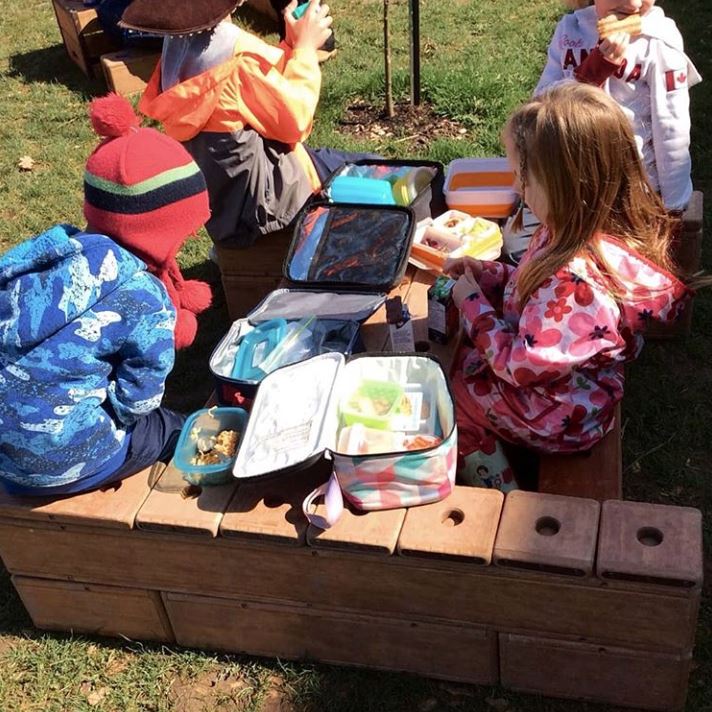Our overwhelming response to our recent blog post on a classroom's fire load made us think about how to decide what materials to keep and what to cull. Our recent Block workshop with Diane Kashin, and the great pictures we’ve been getting for our #mykoolclassroom19 contest reminded us how valuable versatility in materials are.
Diane spoke about how blocks are extremely open ended as play material. Obviously you construct with them, but as we saw with #mykoolclassroom19 entries adding a bit of specificity adds to their versatility. Here are some examples.
A specific literary or historical inspiration - like @wonderinginasecondlanguage a full day kindergarten (FDK) French immersion classroom did, inspired by a Robert Munsch book.
Introducing the Sumblox math blocks with other blocks -- as you see in Usha Shan's classroom. Usha with Laura Campbell ran our recent self-regulation workshop, Let Me Play! Fostering Calm and Learning in the Early Years

Or with magnetics of Tegu blocks, you can trace geometric shape shadows without toppling them as did @meljmaxwell a kindergarten teacher. (check out her blog at www.inspiredbyplay.wordpress.com)
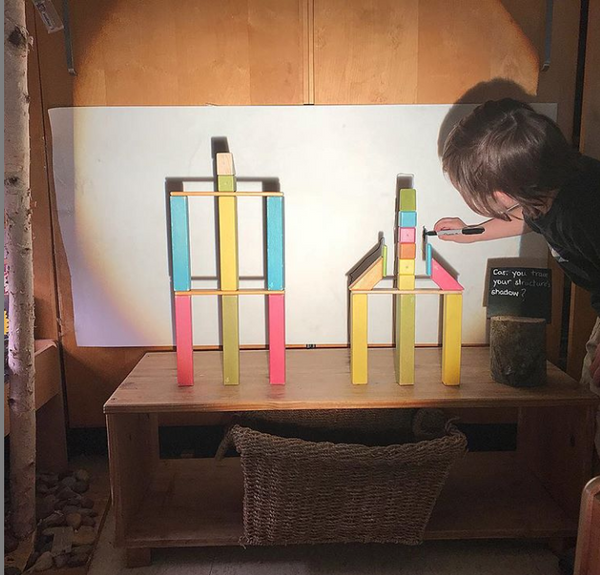
Build with larger blocks like Outlast or Hollow blocks to work large muscle groups and build your own energetic play or outdoor play structure. These students in Niagara are using them to build a seating area for their lunch! (@mrsmeadk2)
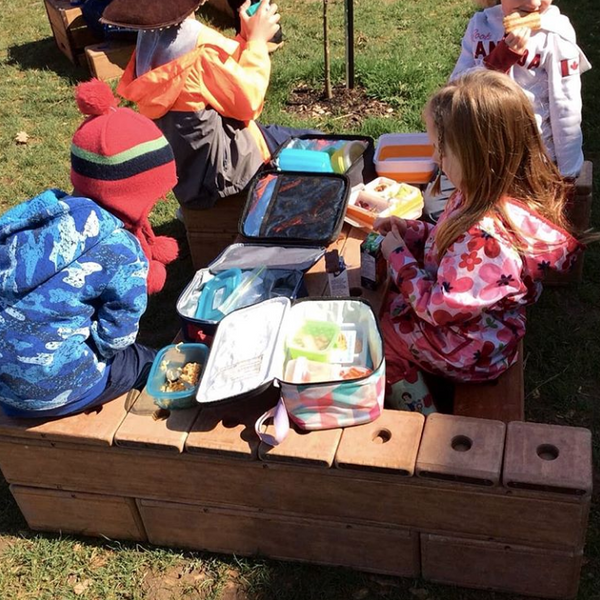
But of course other materials can be just as versatile and open ended as blocks.
And it’s also worth noting that materials that are specific – figurines of people at work, knives and forks etc. -- aren’t a bad thing. An engaging early year’s classroom has a wealth of all kinds of materials.
Indeed, how children use a more specific play material with an open-ended one is a good way to assess their versatility and play value.
How to evaluate if you have enough play materials? Particularly if you’re considering a cull for reducing a fire load (as we discussed in a previous post) how to evaluate which to keep and which to get rid of?
Evaluating Play Materials the Kritchevsky Way
Sybil Kritchevsky in Planning Environments for Young Children has an evaluation model that can help. She suggests categorizing play equipment into four types.
-
A Potential Unit is a clearly defined space with no play materials, e.g. an empty table. Identify these areas and predict the kind of activities that may develop.
- A Simple Play Unit has only one obvious use, and no sub-parts or additional materials. g. a tricycle or swing. Typically one child plays with a simple play unit.
- A Complex Play Unit has sub-parts or several materials for improvisation. A nursery gym is a complex play unit. By combining two or more simpler units, children create more exciting systems. g when road signs are added to the tricycle area, it becomes a city street. When toy vehicles, farm animals, and figurines are added to blocks, the level of interest is raised, but the blocks’ (which are very open-ended) usage becomes more specific.
- A Super Play Unit has three or more play materials, for example: a home corner with dolls, dishes and dramatic play costumes.
Kritschevsky emphasizes that all types are necessary for a rich play environment. The terms used in this model are not intended as an indicator of quality. A room with only “Super Play Unit” materials is no more recommended than a room only of “Potential” or “Simple Play Unit” materials.
However, looking at the materials in your room through the lens of Kritschevsky’s model, can help create a good mix for endless, rich play opportunities.

